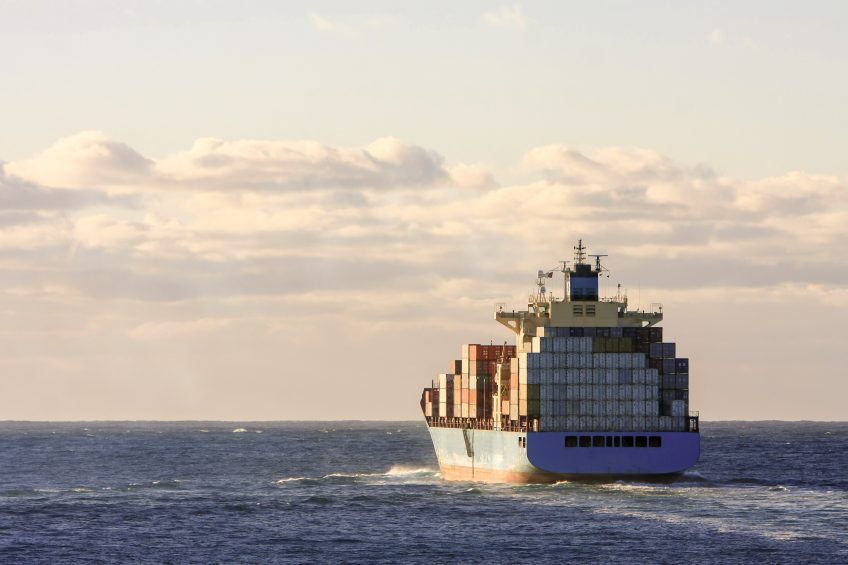EU-Japan trade deal offers opportunities for pork

The recent EU-Japan trade deal, agreed on 6 July 2017, offers Europe’s pork industry a great opportunity to increase exports to Japan over the coming years, according to Rabobank.
In a press release, the bank stated that the EU pork industry will need to invest in its supply chains and relationships to capitalise fully on the opportunities presented under the Economic Partnership Agreement.
Europe: The largest supplier of pork products to Japan
Pork trade between the EU and Japan is already very important for both partners, the bank said. Europe is the largest supplier of pork imports to Japan, a country that has seen a growing dependence on imports due to declining domestic production (see Figure 1).
Figure 1 – Japan has a growing dependence on pork imports, 2008-2017*.

* Forecasted
Source: USDA, Rabobank 2017.
The bank explained that Japan is the second largest destination for EU pork industry exports (see Figure 2). Exports to Japan have grown steadily in recent years, due to the ongoing availability of product as EU production grows ahead of consumption, and as the EU industry continues to develop trade channels to replace the dominant position Russia once had as an export destination.
Figure 2 – Europe’s pork exports have been growing to all destinations, 2013-2017.

Source: European Commission, Rabobank 2017.
Although the final details are yet to be agreed upon, the new agreement already shows 2 areas of opportunity for export growth for the EU’s pork industry, Rabobank said.
1st opportunity: Tariffs
The first is through tariff reductions – once finalised, Japan will reduce the tariffs it imposes on pork imports from the EU. Japan imposes a complex import regime for pork called the gate price mechanism, which effectively sets a minimum price for pork imports, designed to support the competitive position of local producers. While this mechanism will generally be retained under the new agreement, EU exporters will benefit from a reduction in the tariff boundaries applied. Specifically, the 4.3% duty for high value pork cuts is going to be phased out over the first 10 years of the agreement. In addition, the duty applied to low-value cuts is going to be reduced from JPY 482/kg to JPY 50 /kg in the first 10 years of the agreement.
Rabobank explained that, depending on the product mix exported to Japan, European traders could benefit from a 5% to 10% reduction in tariffs under this agreement, which will make the EU pork industry more competitive in the market against other major traders such as the US, Canada, and Mexico.
2nd opportunity: Recognition of Geographical Indication
The second area of potential benefit for the EU pork industry, according to Rabobank, is the recognition of Geographical Indication (GI) products under the new agreement. This would allow high-value processed pork products, such as cured hams, to retain their GI protection status in Japan.
How exactly these potential benefits materialise will depend on the finalisation of details and ultimate implementation of the new agreement, and how the EU pork industry invests to capitalise on the agreement, the press release stated.
While tariff reductions and GI status protection are welcome, pork trade with Japan has long depended on the strength of relationships with trading companies, and this is not expected to change. Europe’s pork industry will need to invest to further strengthen its supply chains into Japan and the relationships along these chains, to benefit fully from the new agreement.











